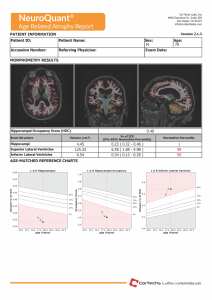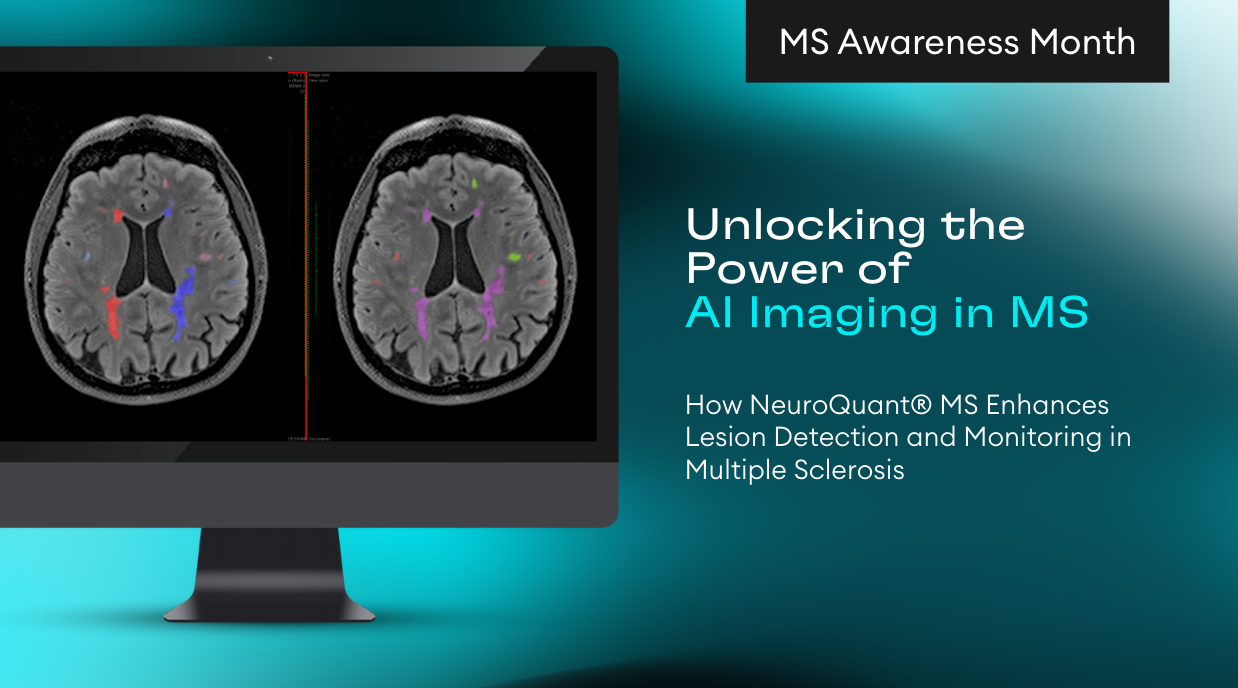 Are you looking to learn more about the NeuroQuant reports? Below we have links to our interpretation guides and report videos to provide our NeuroQuant users some helpful resources when using NeuroQuant.
Are you looking to learn more about the NeuroQuant reports? Below we have links to our interpretation guides and report videos to provide our NeuroQuant users some helpful resources when using NeuroQuant.
The interpretation guides provide some additional insight into what potential assessment outcome might look like.
The report videos, narrated by James Brewer, M.D., Neurologist, explore the features and benefits of each of the NeuroQuant reports and review how to assess the information the reports provide.
When assessing patients with cognitive impairment and memory loss, the NeuroQuant Age Related AtrophyReport provides an assessment of neurodegeneration of the hippocampus and inferior lateral ventricles, which can be especially helpful in the detection and evaluation of Alzheimer’s disease, frontotemporal dementia, and dementia with Lewy bodies.
Multi Structure Atrophy Report
The NeuroQuant Multi Structure Atrophy report can be used to assess the volume of 9 different brain structures during an initial measurement and follow-up measurements to help monitor MS and other age-associated neurodegenerative conditions. The multi-time point (longitudinal tracking) feature allows for quick and easy comparisons of brain structure volumes at multiple scan intervals, on the same report.

Hippocampal Volume Asymmetry Report
The NeuroQuant Hippocampal Volume Asymmetry Report presents the absolute and relative volumes of the left and right hippocampus and the asymmetry between them, which can be beneficial in the assessment of temporal lobe epilepsy and can help provide objective measurements in cases where there is slight hippocampal or bilateral volume loss.
The NeuroQuant Triage Brain Atrophy Report by provides volume measurements of 39 brain structures in both the right and left hemisphere, and is sorted by lobe and region. This report can be helpful in obtaining an overall, wide assessment of brain structure volumes after a brain injury or when evaluating neurodegenerative disease.

The NeuroQuant Brain Development Report presents the left and right forebrain parenchyma and lateral ventricles. The Brain Development report can be helpful in assessing brain development.








